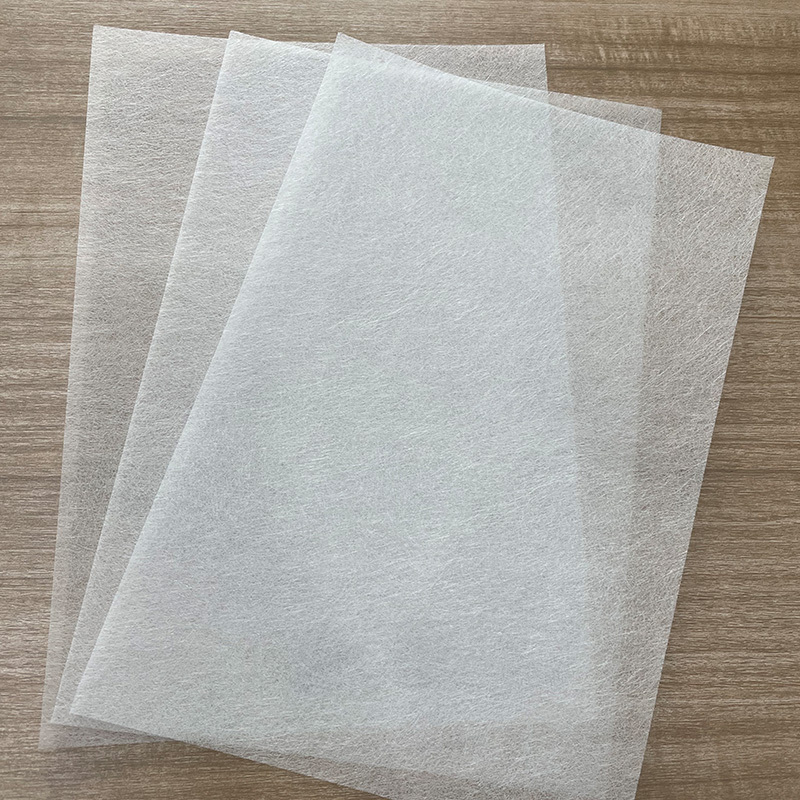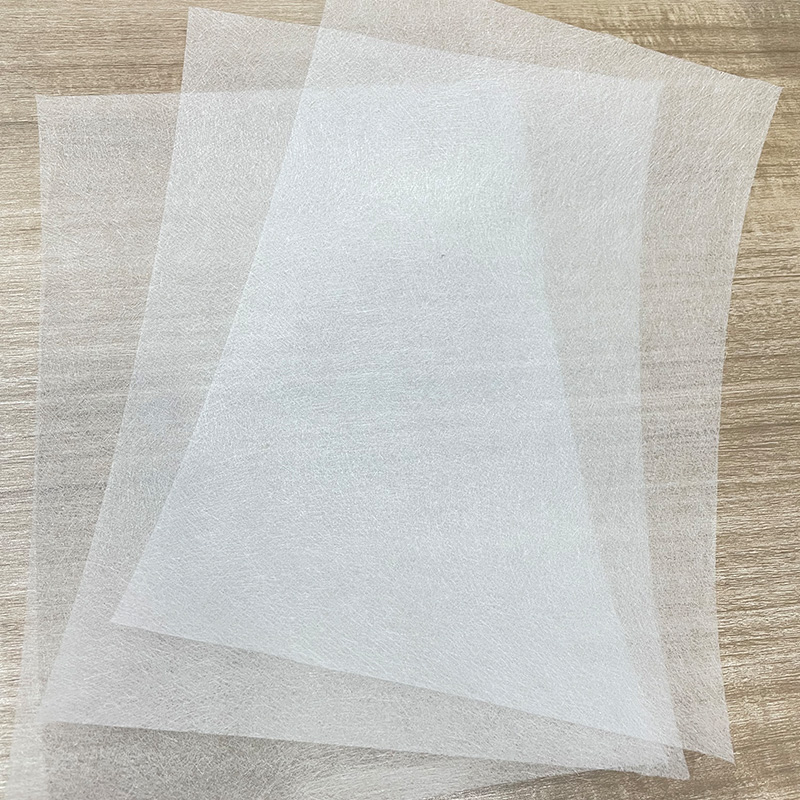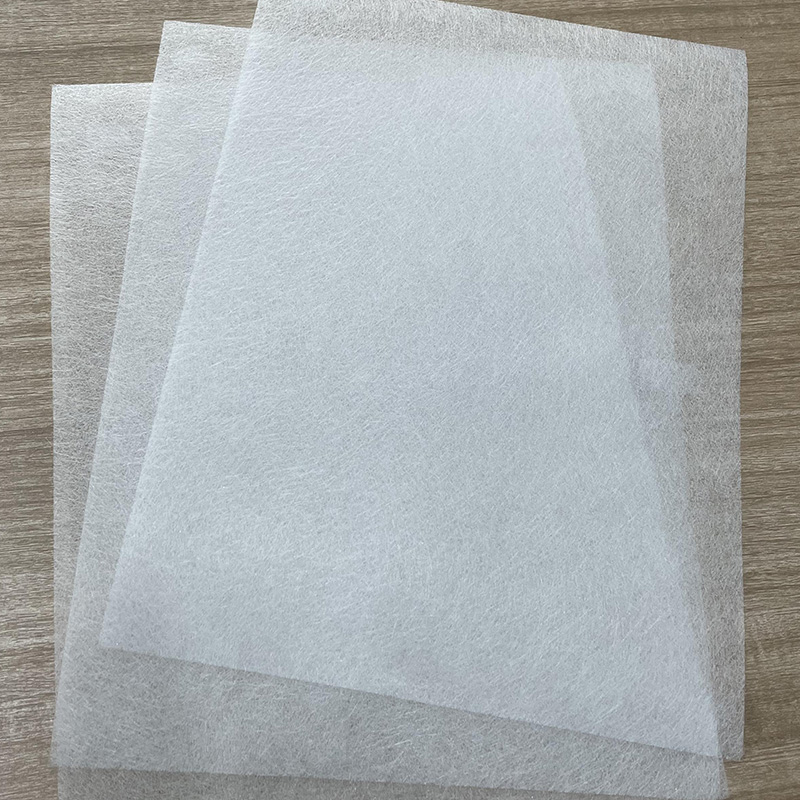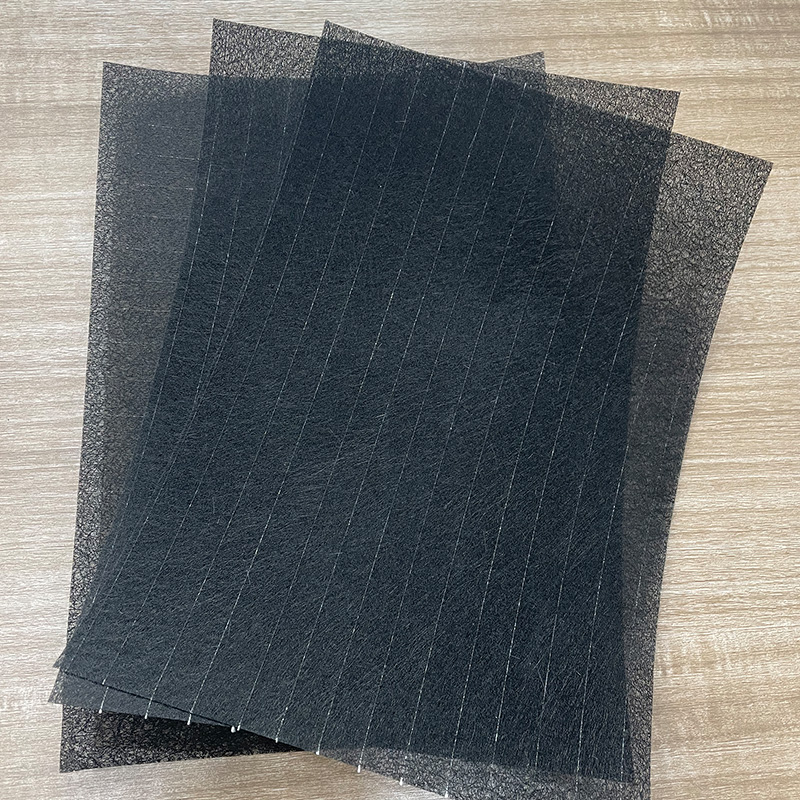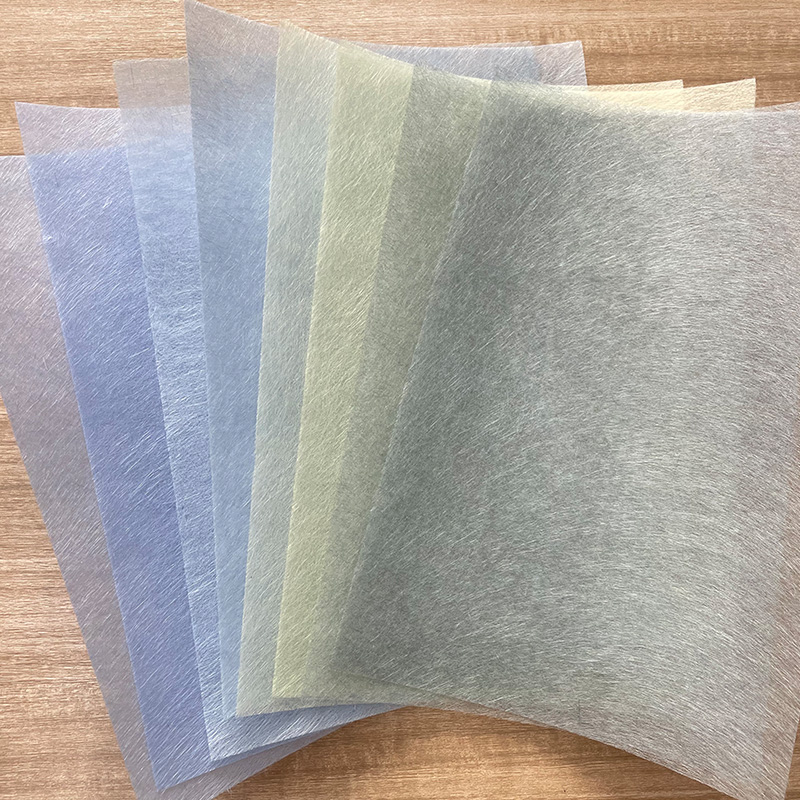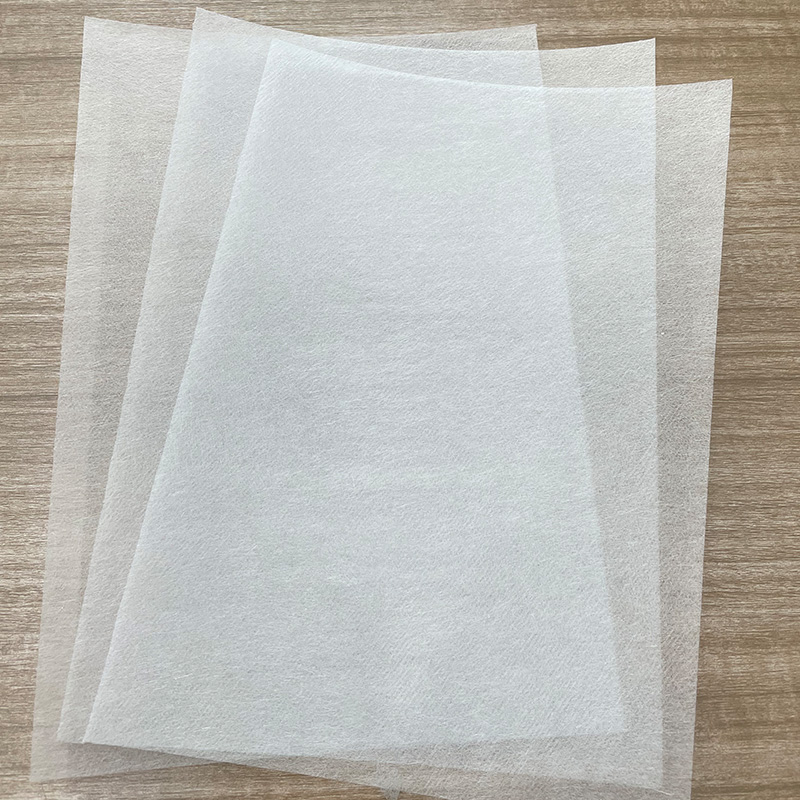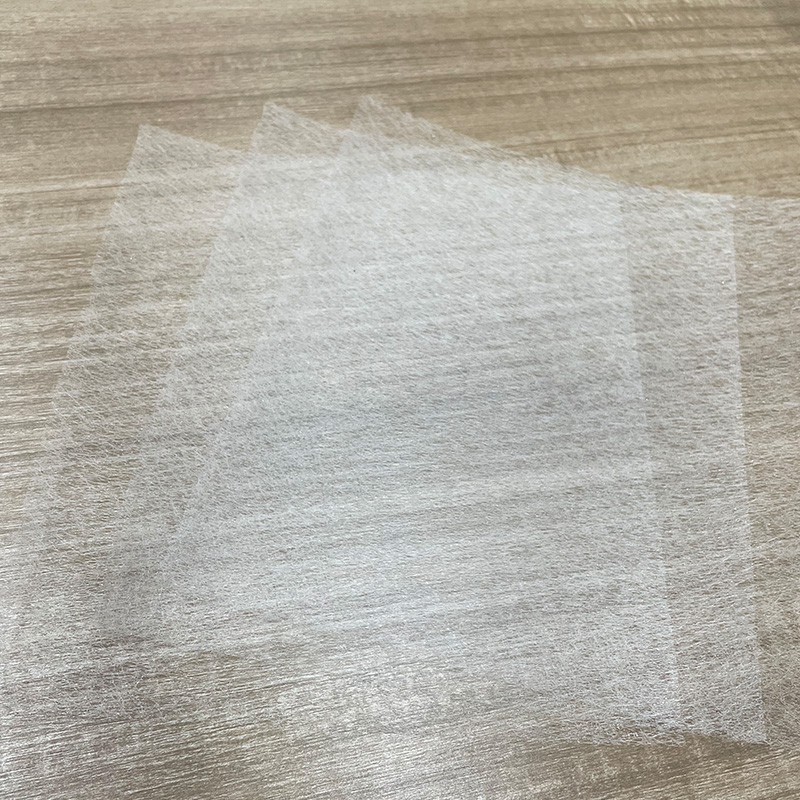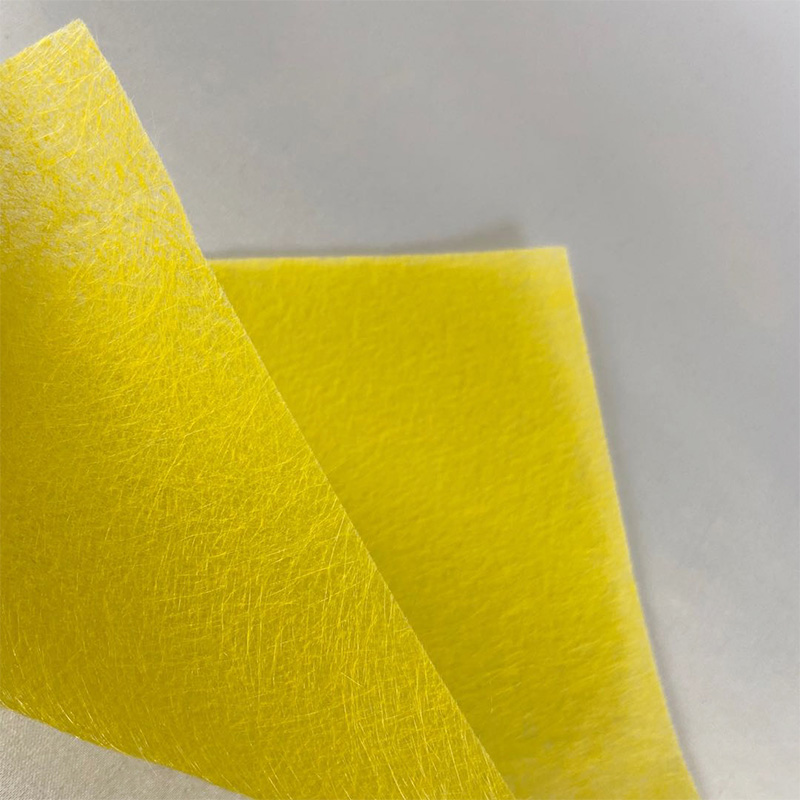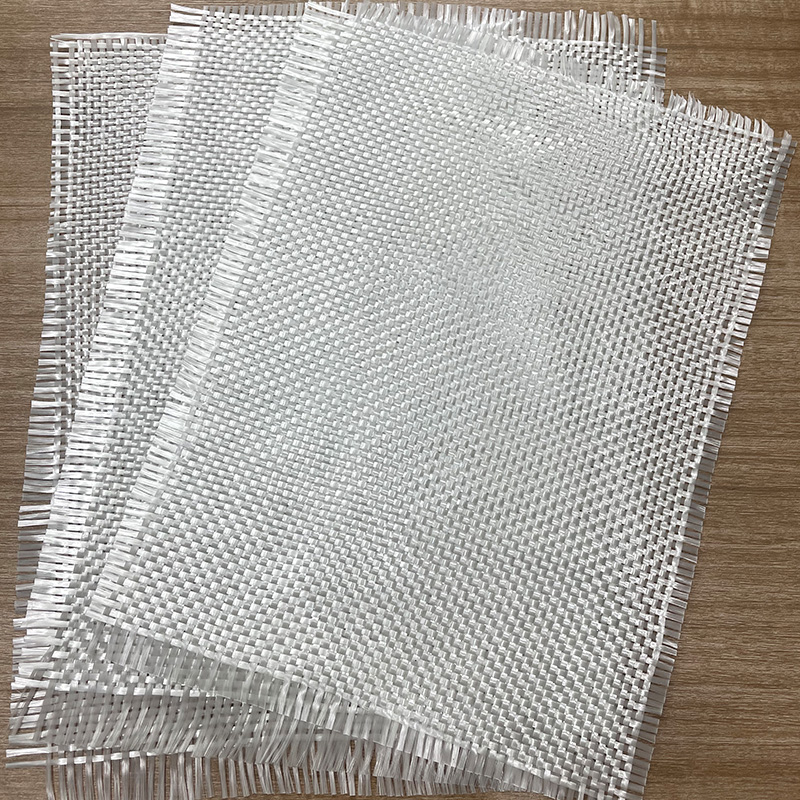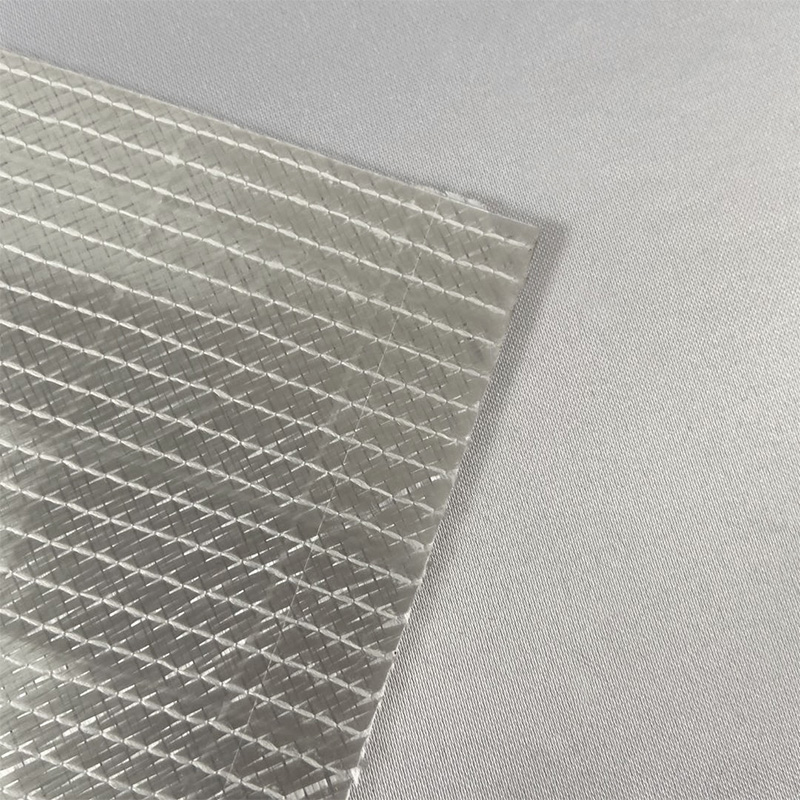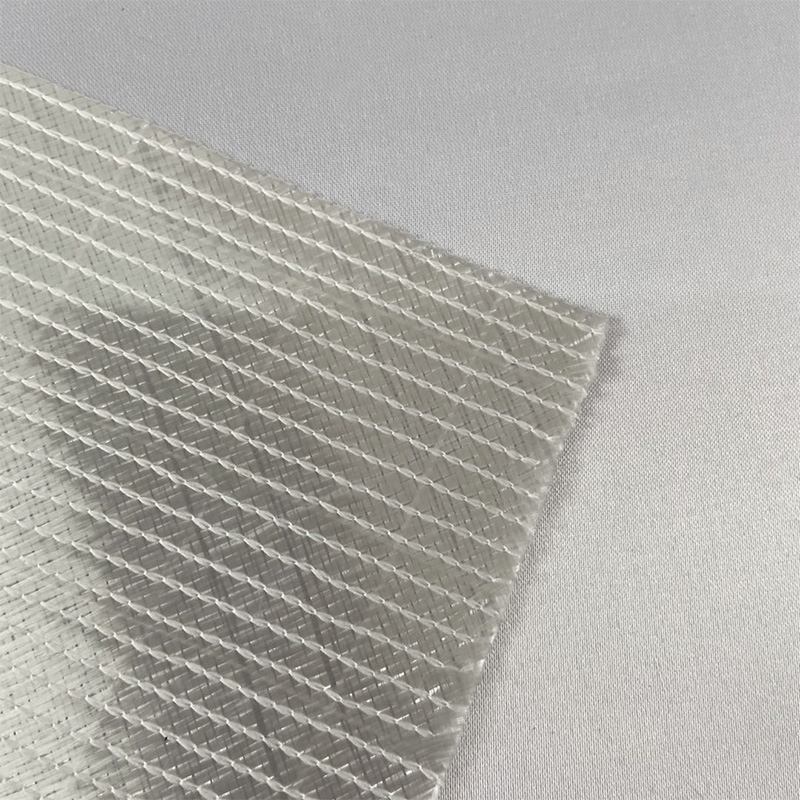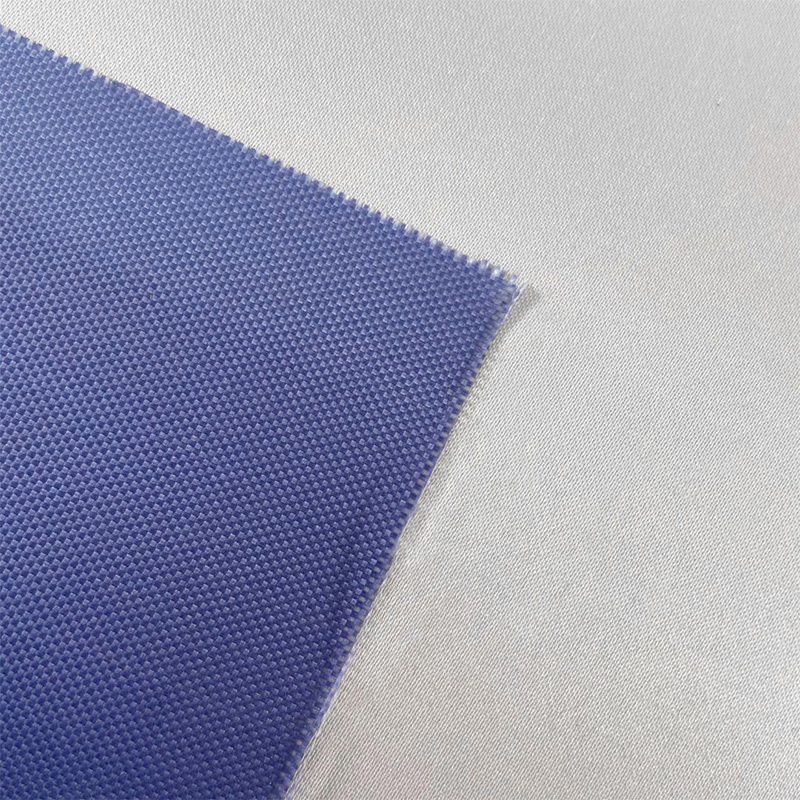As a composite material widely used in many fields such as construction, automobiles, ships, electronics and wind power, glass fiber cloth has a unique physical and chemical properties and a wide range of application scenarios, which makes it occupy an important position in modern industry. However, with the increasing awareness of environmental protection, the impact of glass fiber cloth on the environment has also attracted widespread attention.
Environmental impact during production
The production of glass fiber cloth is a complex process involving the extraction, melting, drawing, weaving and other links of raw materials. In this process, the main environmental impacts include energy consumption, greenhouse gas emissions and possible pollutant release.
The production of glass fiber requires a lot of energy, including electricity and heat energy, and the consumption of these energies directly leads to greenhouse gas emissions, such as carbon dioxide. Although modern production processes continue to pursue energy efficiency improvements, it is still a long-term challenge to completely eliminate this impact.
The pollutants that may be generated during the production process cannot be ignored. For example, the waste gas, wastewater and solid waste that may be generated when melting glass fiber will pollute the surrounding environment if not handled properly. Fortunately, with the increasingly stringent environmental regulations and technological advances, many glass fiber manufacturers have taken advanced pollution control measures to ensure the environmental friendliness of the production process.
Environmental impact during use
Glass fiber cloth has relatively little impact on the environment during use, but it is not completely harmless. Its main impact is reflected in two aspects: one is the possible problem of micro-fiber drift; the other is the potential pollution risk in specific application scenarios.
Micro-fiber drift is a common problem in the use of glass fiber cloth. These tiny fibers may be transmitted through the air and enter the working environment or the surrounding environment. Although these fibers are less directly harmful to the human body, long-term exposure to high-concentration fiber environments may still have adverse effects on health. Therefore, when using glass fiber cloth, appropriate protective measures should be taken, such as wearing dust masks and keeping the workplace ventilated.
In specific application scenarios, such as the chemical industry or the electronics industry, glass fiber cloth may come into contact with other chemicals and react to produce harmful substances. Therefore, when using glass fiber cloth in these fields, special attention should be paid to its compatibility with other substances and corresponding protective measures should be taken.
Waste disposal and recycling
The waste disposal of glass fiber cloth is an important environmental issue. Since glass fiber cloth is difficult to degrade and contains certain harmful substances, it may cause environmental pollution if it is not handled properly. At present, the main treatment methods for waste glass fiber cloth include landfill, incineration and recycling.
Although landfill treatment is simple and convenient, it will occupy a lot of land resources and may pollute groundwater. Although incineration treatment can reduce the volume of waste and recover some energy, it will produce harmful gases and particulate matter emissions. In contrast, recycling is a more environmentally friendly treatment method. Through appropriate process treatment, waste glass fiber cloth can be converted into renewable resources or used in product manufacturing in other fields.
Potential environmental impact and future prospects
Although glass fiber cloth has certain environmental impacts during production and use, its unique properties and wide application prospects make it still have an irreplaceable position in modern industry. In order to reduce its impact on the environment and promote sustainable development, efforts need to be made in the following aspects in the future:
Strengthen the research and development and innovation of environmental protection technologies to improve the energy efficiency and environmental performance of the production process;
Strengthen the construction of waste management and recycling systems to promote the recycling of waste glass fiber cloth;
Strengthen the formulation and implementation of environmental protection laws and standards to ensure environmental compliance during the production and use of glass fiber cloth;
Improve public environmental awareness and participation to jointly promote the development of environmental protection.
The impact of glass fiber cloth on the environment is a complex and multifaceted issue. By taking comprehensive measures and continuous efforts, we can minimize its impact on the environment and promote sustainable development.
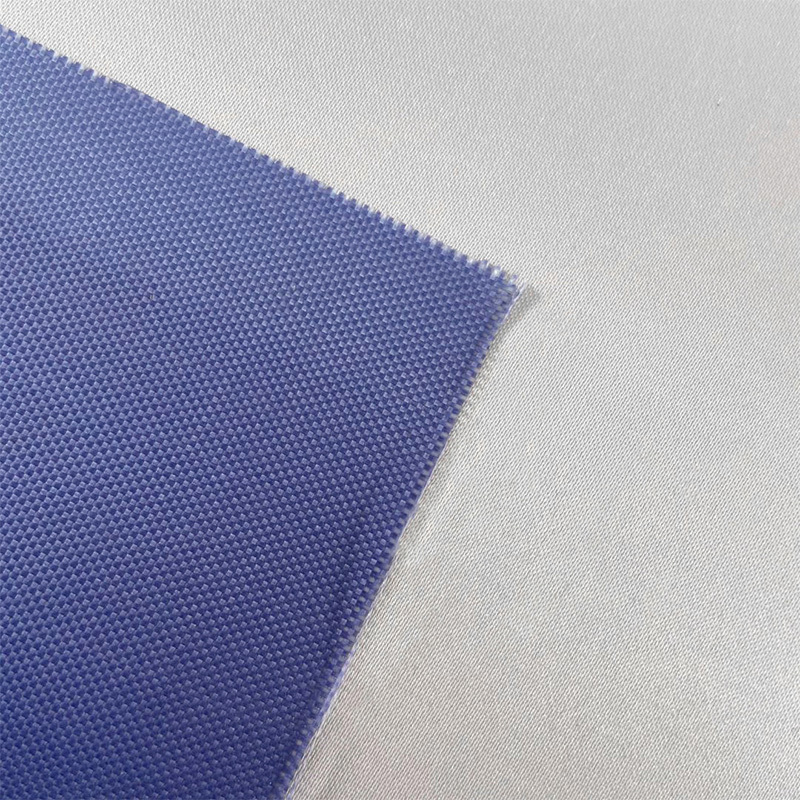

 English
English 中文简体
中文简体 русский
русский Español
Español